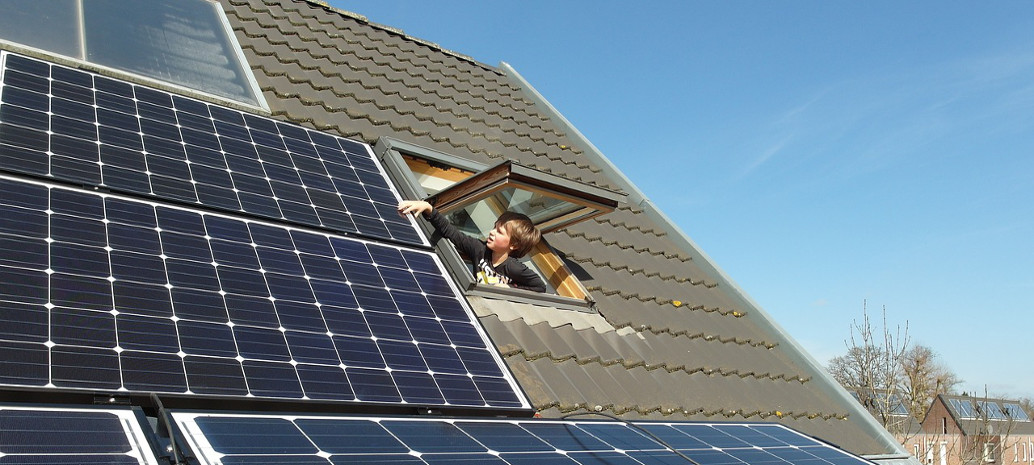Israeli-based power electronics and PV software supplier Solaredge launched a new web-based PV system configuration tool. The 3-D modelling software is reportedly easy to use, free and each project can be accessed by multiple users for collaboration of different parties involved in a project.
Sourcing latest satellite data the programme called Designer, devices the optimum use of residential rooftops. The supplier cites, that installers can make monthly power output projections based on the satellite data and the system components they use. This results in more accurate proposals that are financially more compelling, says Solaredge.
Apart from reviewing possible shading and forecasting solar irradiance for a specific roof tilt at any given month, the system also allows installers to try different component combinations, making costs calculations for the materials used. It is also possible to plan the systems wiring using the tool, allegedly avoiding costly design and construction mistakes.
“Software is playing a more pivotal role in the PV industry, from the local level of each residential system all the way up to the macro level of grid management,” stated Lior Handelsman, VP of Marketing and Product Strategy, founder of SolarEdge. “With the release of our new easy-to-use Designer, SolarEdge is further enhancing its software suite to provide added value to installers throughout the PV process.”
Solaredge has launched a range of cloud-based tools that support the value chain of PV systems, like a monitoring app. The company says that the new tool can be integrated into the existing suite of programmes Solaredge has already launched.
With dropping system costs and improved policies for self-consumption or feed-in-tariffs in many markets around the world the software is aimed at tapping these rapidly growing markets. Residential solar PV is becoming increasingly more mainstream, as for example Australia’s roof-top PV market (C&I and residential) accounted for 64% of the net added PV installations in 2017.Other markets are rapidly expanding as well, and according BNEF Chinas latest announcement to reduce its installation could decrease module prices by a 34% over the next year.
PV system modelling tools are not new, and a range of suppliers have come up with approaches to reduce installations costs, spare pre-installations visits and to make accurate costs and income projections, over the last years.
This content is protected by copyright and may not be reused. If you want to cooperate with us and would like to reuse some of our content, please contact: editors@pv-magazine.com.




By submitting this form you agree to pv magazine using your data for the purposes of publishing your comment.
Your personal data will only be disclosed or otherwise transmitted to third parties for the purposes of spam filtering or if this is necessary for technical maintenance of the website. Any other transfer to third parties will not take place unless this is justified on the basis of applicable data protection regulations or if pv magazine is legally obliged to do so.
You may revoke this consent at any time with effect for the future, in which case your personal data will be deleted immediately. Otherwise, your data will be deleted if pv magazine has processed your request or the purpose of data storage is fulfilled.
Further information on data privacy can be found in our Data Protection Policy.